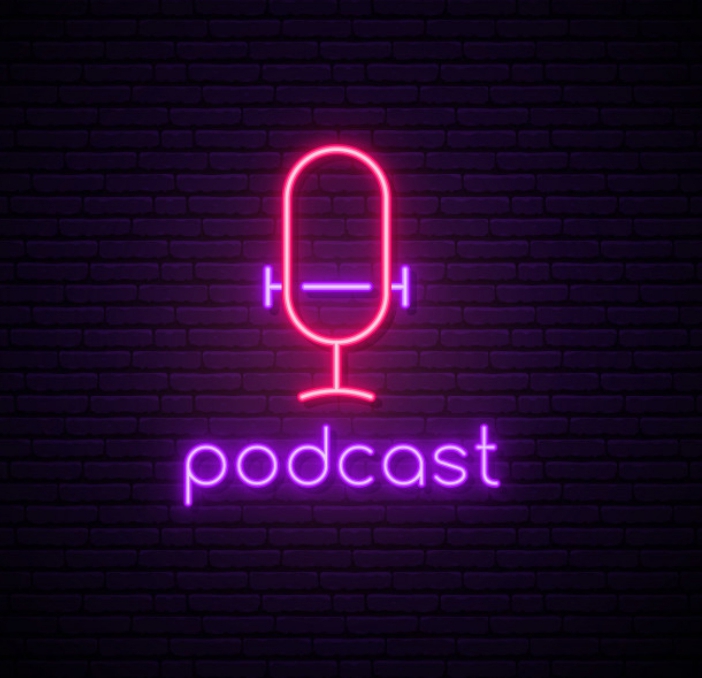
A Podcast is a digital audio file made available on the Internet for downloading with a computer or mobile device. It is typically available as a series or new installments which can be received by subscribers automatically.
The term Podcast is actually a portmanteau (combination) of iPod and Broadcast.
Podcasting majorly started as an independent way for individuals to get their message across and build a community of people with similar interests.
That still exists, but today there are podcasts from:
Individuals, Companies (large and small), Radio networks (like NPR), TV networks (CNN, Fox, ESPN, etc.), New podcast-only networks, Comedians, Storytellers, Churches and lots more…
There isn’t a pre-determined length, format, style, production level, or anything else for Podcasts.
It has deeper engagement because listeners tend to stay tuned in longer than a blog content. Podcasts work as multitasking options, too—you can listen to a podcast while you cook or while you drive. The same can’t be said for blog posts or any form of visual content.
There are many advantages to starting your podcast -new audiences, less competition, and greater intimacy among them. Good news is that it takes less than you think to get started. Here’s all you need as a beginner to create an amazing podcast.
How to get started
Quality podcast equates quality equipment. Of course, you can record a podcast with nothing more than your smartphone, but it’ll sound just like that—a phone call recorded on a mobile device.
Invest enough to create a quality podcast, see if people like it, then advance from there.
Get a Microphone
Audio quality begins and ends with a microphone. The better microphone you buy, the sharper your podcast will sound.
Fortunately, it won’t break the bank to get a good microphone.
Most advice you will read on buying podcast equipment encourages you to purchase a dynamic microphone that is front-firing with good rejection. This means it has the ability to clearly pick your voice without the unwanted sound of wherever you’re recording.
Recording, uploading, and promoting
Before you press the record button, there are a couple final steps to prepare for your podcast.
Format: What’s your podcast going to look like?
Content: What’s your podcast going to say?
Podcasts can take many forms: one-man shows, cohosts, guests, call-in, and many more. Metafilter founder Matt Haughey, who has put in hundreds of hours on podcasting, recommends that your show involves two or three hosts.
Your best bet for a podcast that sounds organized and professional is to practice beforehand by figuring out what you’re going to say and coming up with an outline for your recording. It dosen't have to sound scripted. Just have a road map for where you’re headed and what you want to touch on.
Outline for Podcasting
1. Show intro (who you are, what you’re going to talk about): 30-60 seconds
2. Intro music (repeat for each show so listeners identify the jingle with your show): 30-60 seconds
3. Topic 1: 3 minutes
4. Topic 2: 3 minutes
5. Interlude (music or break): 30 seconds
6. Topic 3: 3 minutes
7. Topic 4: 3 minutes
8. Closing remarks (thank audience, thank guests, talk about the next show): 2 minutes
9. Closing music (suggest same as Intro music jingle): 2 minutes
After recording, editing, and producing your podcast, you can upload it to hosting sites like Libsyn, Anchor, and Transistor. They’ll generate your RSS feed for you and give you ability to submit to Apple Podcasts, Spotify, and other players.
Here’s what is involved in getting your podcast onto Apple Podcasts.
P.S:
✓The Ideal length of a podcast is 22 minutes
✓The best day to post a podcast is Tuesday
✓The best frequency to post a podcast is weekly
© Precious Greg
Comments